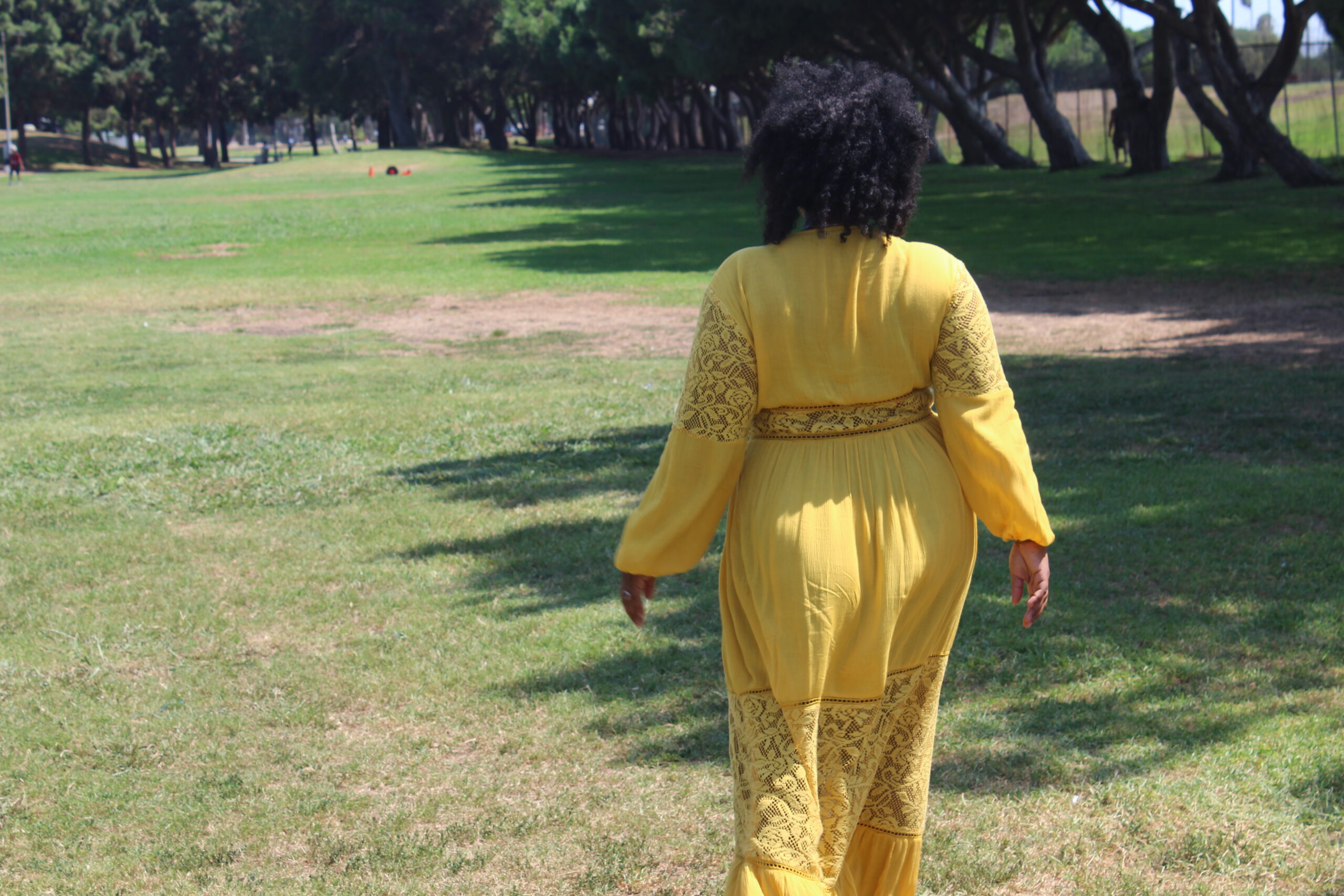By LaQuanda McNeil
Staff Writer
Jim Crow laws stripped blacks of their new freedoms after the Civil War. The laws were created to keep black Americans at a disadvantage economically, educationally and politically after Reconstruction.
The laws were named after a blackface act in the early 1800s, but became a popular racial slur by 1890.
Racism was prevalent in the laws, but they were still upheld. The executive and judicial branches defended the Jim Crow Laws in the 1896 “Plessy v. Ferguson” case by upholding segregation as “separate but equal.”
The court ruled that it was legal for a black male to ride in a separate railway car. This concept extended to separate sections on buses, drinking fountains, theater seats, schools and so forth.
In 1913, President Woodrow Wilson extended Jim Crow laws into federal workplaces. New laws were still being written as late as the 1930s and were enforced as late as 1965.
But then came three key victories: “Brown v. Board of Education,” which desegregated schools in 1954, the Civil Rights Act of 1964, which outlawed race-based discrimination, and the Voting Rights acts of 1965, which outlawed discrimination in voting.
Although America legally overcame the racism entailed in the Jim Crow laws, there are still forms of Jim Crow that exist today. These include voter suppression, policing and mass incarceration.
According to the “The New Jim Crow,” a book by Michelle Alexander, “Many of the gains of the civil rights movement have been undermined by the mass incarceration of black Americans in the war on drugs.”
Millions of blacks are arrested for minor crimes and become trapped by the justice system that has branded blacks as felons since the beginning of U.S. history and denied them basic rights that would allow them to become normal, law-abiding citizens.
Upon being released from long prison terms, blacks are stripped of their basic rights, due to their status as felons. For example, felons, in many states, are ineligible to vote while incarcerated or on parole, serve on juries, face discrimination in terms of housing, have no access to educational benefits and so on.
The system is designed to keep felons at a disadvantage and leaves them with little choice but to end up back in prison.
Other races that commit more-severe crimes are sometimes given lighter sentencing than black people who are arrested for drugs.
The new war on drug policies create mandatory minimum sentencing and discrepancies in sentencing for crack and powder cocaine possession. African Americans are imprisoned for drug charges at an alarming rate compared to whites.
“In 2002, blacks constituted more than 80% of the people sentenced under the federal crack cocaine laws and served substantially more time in prison for drug offenses than did whites, despite the fact that more than 2/3 of crack cocaine users in the U.S. are white or Hispanic,” said the NAACP.
Will Jim Crow ever come to an end for black America?
Not likely. There are forms of Jim Crow widespread in today’s society. Racism still exists, which is sad, due to the fact that we are all the same.
The only difference between whites and blacks, or any other race for that matter, is physical characteristics like skin and eye color, hair type, bone structure and origins.
Just because blacks are from different regions of the world and look different than any other race, we are still human.
We are all human, and should treat one another equally.
